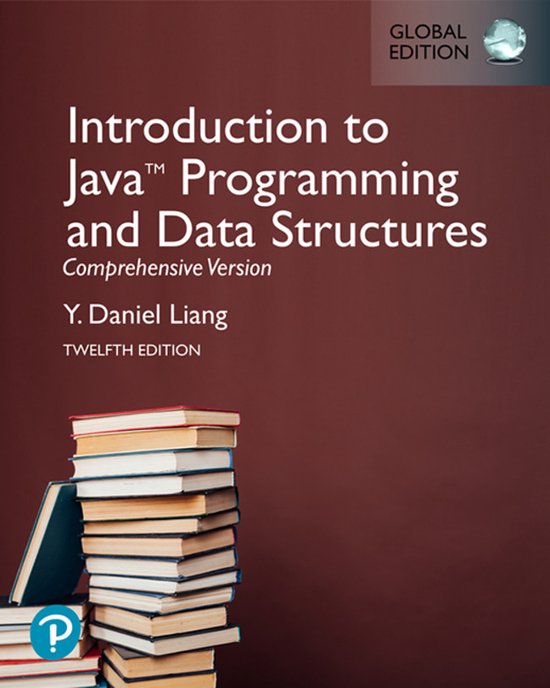
Introduction To MultiAgent Systems 2nd
"A thoroughly revised and updated book, written by one of the leading researchers in the field. This excellent book provides a wonderful introduction and a comprehensive exposition of the increasingly important field of multi-agent systems."
—Professor Nick Jennings FREng
Intelligence, Agents, Multimedia Group, Electronics and Computer Science, University of Southampton
Multiagent systems are a new paradigm for understanding and building distributed systems, where it is assumed that the computational components are autonomous: able to control their own behaviour in the furtherance of their own goals. The first edition of An Introduction to Multiagent Systems was the first contemporary textbook in the area, and became the standard undergraduate reference work for the field. This second edition has been extended with substantial new material on recent developments in the field, and has been revised and updated throughout. It provides a comprehensive, coherent, and readable introduction to the theory and practice of multiagent systems, while presenting a wealth of discussion topics and pointers into more advanced issues for those wanting to dig deeper.
Key new features include:
- dedicated new chapters on ontologies, voting, auctions, bargaining, coalition formation, and argumentation, reflecting recent research directions and new results;
- "mind maps" to illustrate key concepts and ideas - an essential study and revision aid;
- 590 literature references, revised, updated, and extended to reflect the state of the art in agent research and development.
Designed and written specifically for computing undergraduates, the book comes with a rich repository of online teaching materials, including a complete set of lecture slides.
The study of multi-agent systems (MAS) focuses on systems in which many intelligent agents interact with each other. These agents are considered to be autonomous entities such as software programs or robots. Their interactions can either be cooperative (for example as in an ant colony) or selfish (as in a free market economy). This book assumes only basic knowledge of algorithms and discrete maths, both of which are taught as standard in the first or second year of computer science degree programmes. A basic knowledge of artificial intelligence would useful to help understand some of the issues, but is not essential.
The book’s main aims are:
- To introduce the student to the concept of agents and multi-agent systems, and the main applications for which they are appropriate
- To introduce the main issues surrounding the design of intelligent agents
- To introduce the main issues surrounding the design of a multi-agent society
- To introduce a number of typical applications for agent technology
After reading the book the student should understand:
- The notion of an agent, how agents are distinct from other software paradigms (e.g. objects) and the characteristics of applications that lend themselves to agent-oriented software
- The key issues associated with constructing agents capable of intelligent autonomous action and the main approaches taken to developing such agents
- The key issues in designing societies of agents that can effectively cooperate in order to solve problems, including an understanding of the key types of multi-agent interactions possible in such systems
- The main application areas of agent-based systems
| Auteur | | Michael Wooldridge |
| Taal | | Engels |
| Type | | Paperback |
| Categorie | | Computers & Informatica |





